Are you looking for a healthier alternative to beef tallow?
Beef tallow is a classic cooking fat that has been used for centuries.
It adds flavor and texture to dishes, but it’s also high in saturated fat and cholesterol.
If you’re looking for healthier options, there are several substitutes that can be used in place of beef tallow.
From vegetable oils to nut-based fats, here are the 10 best substitutes for beef tallow.
What is Beef Tallow?
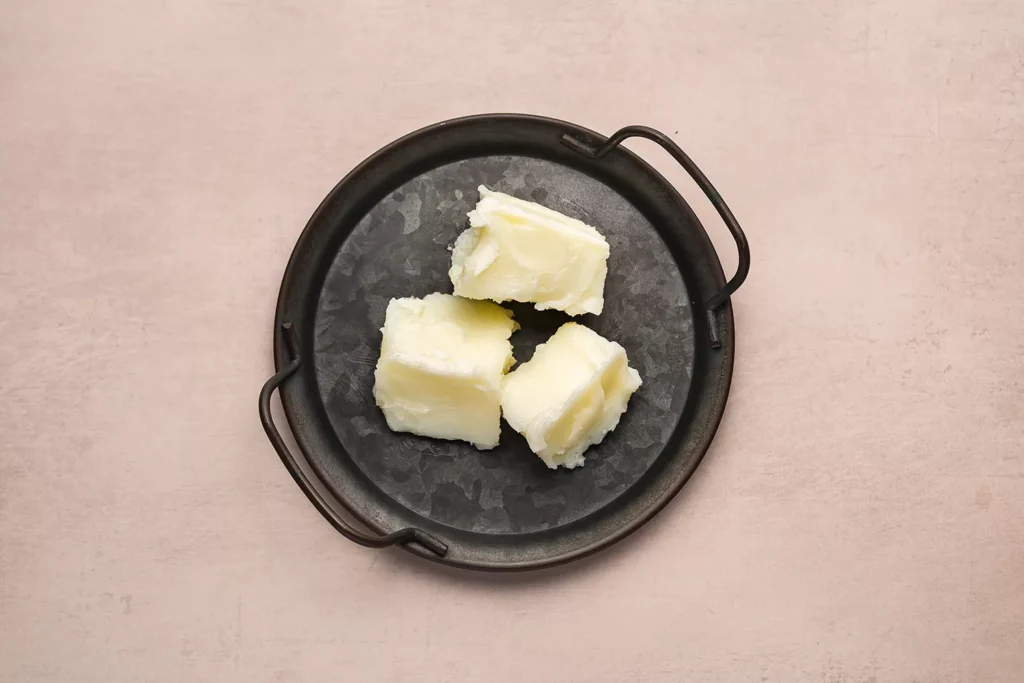
Beef tallow is a rendered form of beef fat, and it has been used for centuries as a cooking fat.
It is made by slowly heating beef fat until all the moisture evaporates and the solids separate from the liquid.
The solid portion, which is known as tallow, can then be strained off and used in various recipes.
Tallow has a high smoke point (400°F/204°C) so it’s great for frying foods like French fries or chicken wings without burning them.
It also adds flavor to dishes like steak tartare or roasted vegetables.
Tallow can also be used in baking recipes such as pie crusts or biscuits where you want flaky layers that won’t get soggy when cooked.
Additionally, it can be used to make soap or candles due to its high melting point and long-lasting properties.
The 10 Best Substitutes For Beef Tallow
Beef tallow is a traditional cooking fat, but it can be hard to find in some stores.
Fortunately, there are plenty of alternatives that you can use instead.
Here we look at the top ten substitutes for beef tallow:
1 – Lard
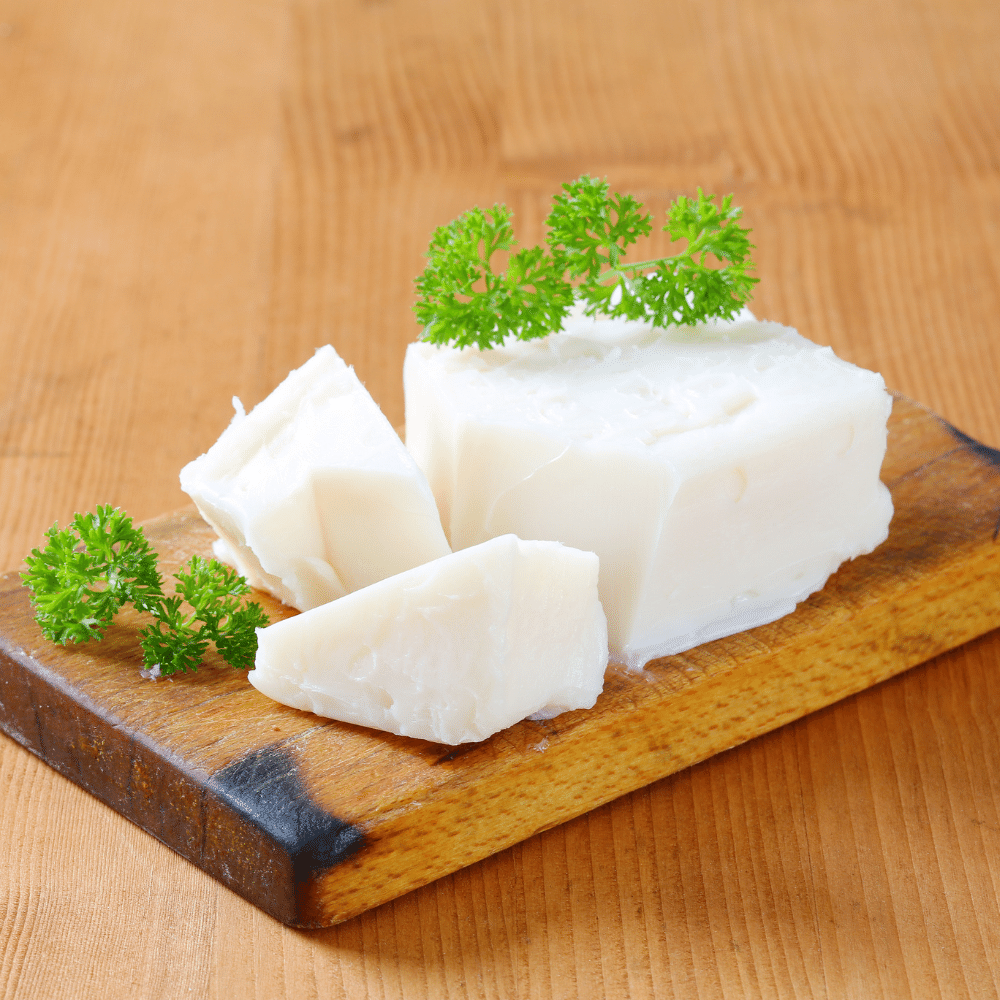
Lard is a type of rendered fat made from pork.
It has been used for centuries as a cooking and baking fat, and is still widely used in many parts of the world today.
Lard is solid at room temperature, but melts easily when heated.
Lard has a mild flavor that won’t overpower other ingredients in dishes like beef tallow can.
It’s also great for frying because it has a high smoke point (400°F/204°C).
This means it won’t break down or burn easily, making it ideal for deep-frying foods like french fries and donuts.
Pro Tip: If you’re looking to make flaky pastries like pie crusts or biscuits, lard is your best bet! The high fat content helps create layers of dough that will bake up light and flaky every time!
2 – Beef Suet

Beef suet is a type of fat that comes from the area around the kidneys and loins of cows.
It is solid at room temperature and has a high melting point, making it ideal for cooking.
Suet can be used to make pastries, such as steak and kidney pie or mince pies, as well as sausages and puddings.
Beef suet has a rich flavor that adds depth to dishes.
It also helps keep food moist during cooking, which makes it great for roasting meats or baking cakes.
The texture of beef suet also helps give structure to doughs and batters, making them lighter and fluffier when cooked.
3 – Ghee

Ghee is a type of clarified butter that has been used in Indian cooking for centuries.
It is made by simmering butter until the milk solids separate from the fat and are removed, leaving behind a golden liquid with a nutty aroma and flavor.
Ghee has a high smoke point, making it ideal for sautéing or frying foods at higher temperatures without burning them.
Pro Tip: Ghee can be used as an alternative to beef tallow when roasting vegetables or making sauces because it adds richness without overpowering other flavors.
4 – Coconut Oil
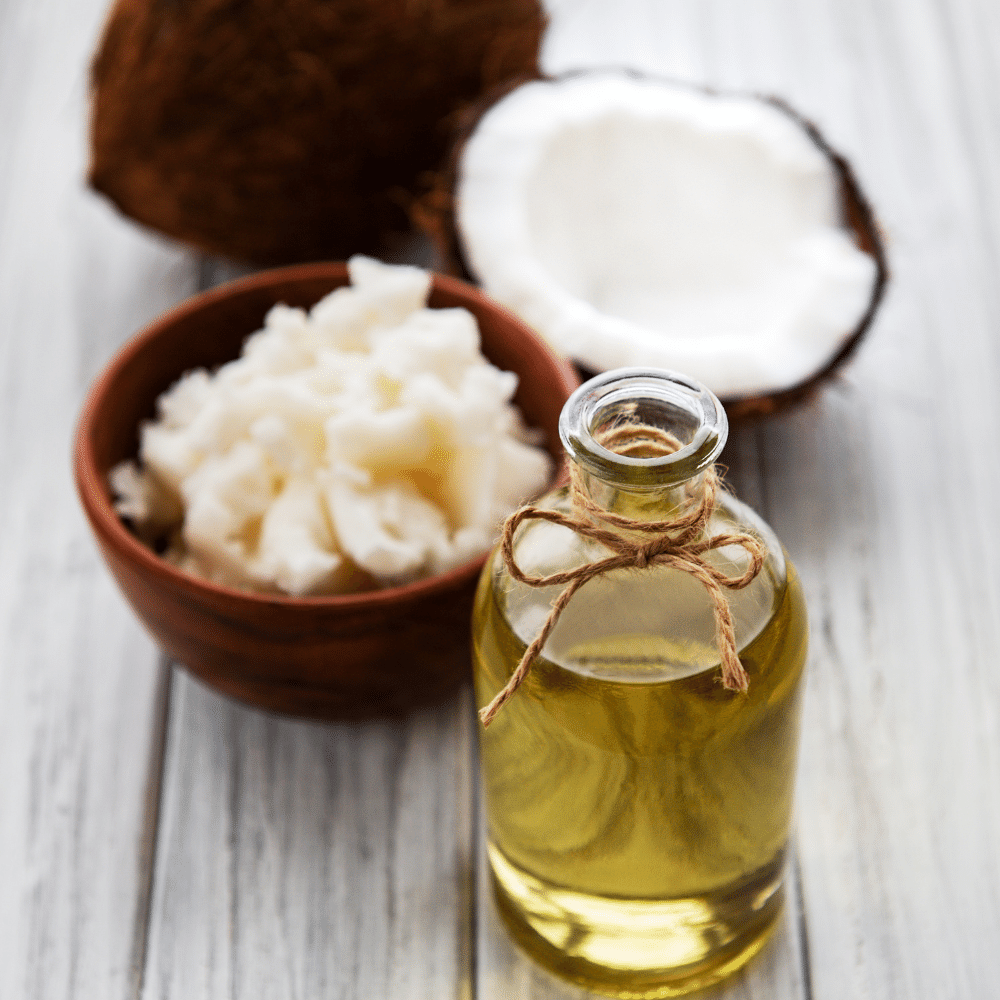
Coconut oil is a type of edible oil made from the meat of mature coconuts.
It has been used for centuries in tropical regions as a cooking and beauty aid, and more recently it has become popular in the United States as an alternative to other types of fats.
Coconut oil is high in saturated fat, but it also contains medium-chain fatty acids that are easily digested and absorbed by the body.
These fatty acids can help boost energy levels and support healthy metabolism.
Coconut oil is also rich in antioxidants which can help protect against free radical damage.
When substituting coconut oil for beef tallow, be sure to use refined coconut oil instead of unrefined or virgin coconut oil since it has a higher smoke point and won’t burn as quickly when heated.
5 – Palm Oil
https://www.pinterest.com/pin/7740630594855649/Palm oil is a type of edible vegetable oil derived from the fruit of the African oil palm tree.
It is used in many products, including food, cosmetics, and cleaning agents.
Palm oil has a high smoke point and is often used for deep-frying or sautéing.
Palm oil has a mild flavor that won’t overpower other ingredients in your dish.
It’s also relatively neutral in color so it won’t affect the appearance of your food either.
Pro Tip: When cooking with palm oil, be sure to use an appropriate amount as too much can lead to greasy dishes!
6 – Olive Oil

Olive oil is a liquid fat obtained from olives, a traditional tree crop of the Mediterranean Basin.
It is commonly used in cooking, for frying foods or as a salad dressing.
It is also used in cosmetics, pharmaceuticals, and soaps, and as a fuel for traditional oil lamps.
Pro Tip: When using olive oil for cooking or baking purposes, be sure to choose an extra-virgin variety as it has the most flavor and health benefits!
7 – Vegetable Oil
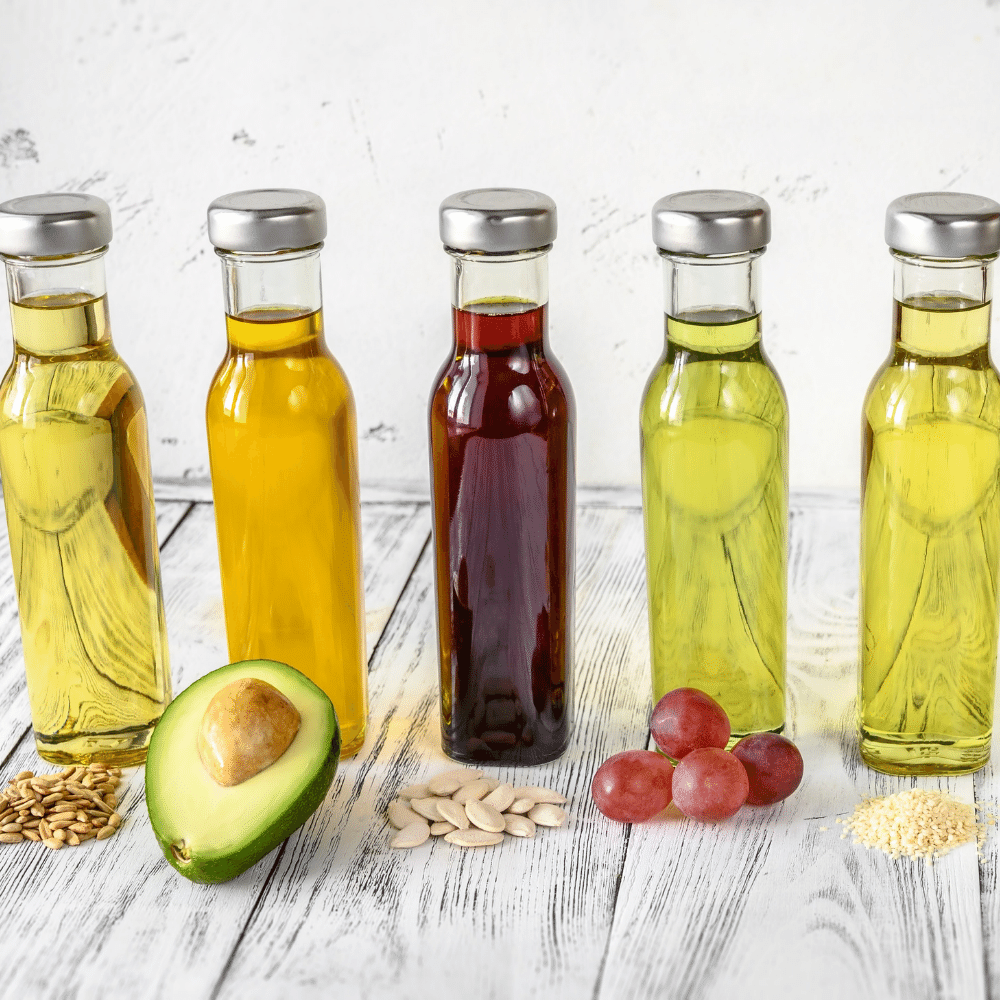
Vegetable oil is a plant-based cooking oil made from a variety of sources, including olives, corn, sunflower seeds, soybeans and more.
It’s often used as an alternative to animal fats like butter or lard.
Vegetable oils are typically liquid at room temperature and can be used for baking, frying and sautéing.
Vegetable oil has a neutral flavor that won’t overpower the taste of your food.
It also has a high smoke point which makes it ideal for high-heat cooking methods like deep frying or stir-frying.
Plus, it’s low in saturated fat so you don’t have to worry about consuming too much unhealthy fat when using vegetable oil in your recipes.
8 – Chicken Fat
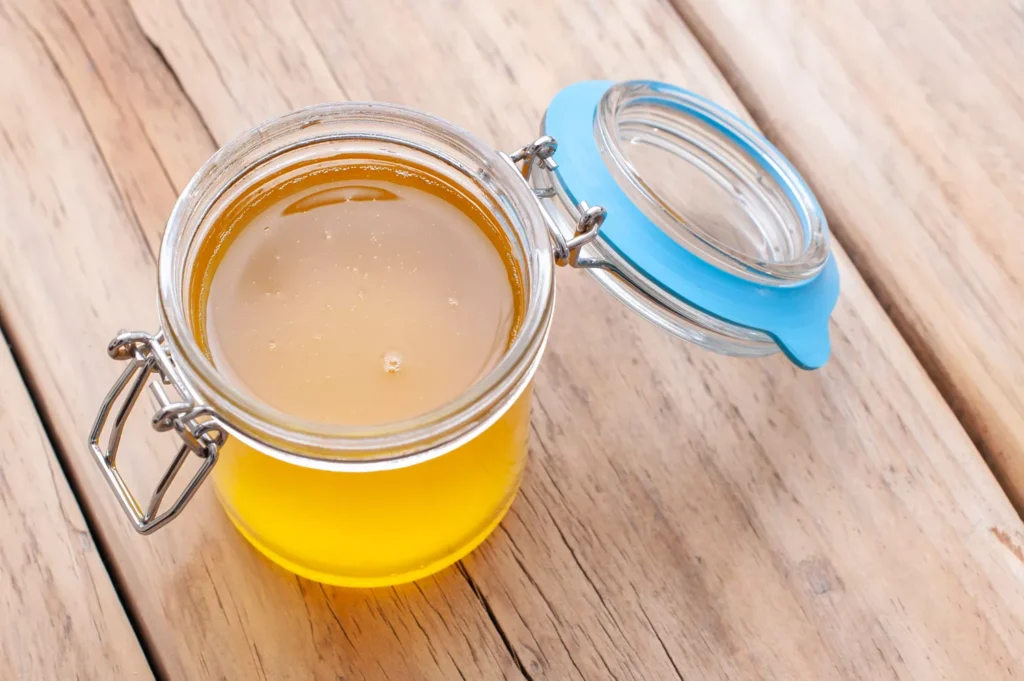
Chicken fat is a type of rendered fat made from the fatty tissues of chickens.
It is used in cooking, baking, and frying for its flavor and texture.
Chicken fat has a high smoke point, making it ideal for deep-frying foods like French fries or chicken wings.
Chicken fat has a mild flavor that won’t overpower other ingredients in your dish.
It also adds richness to dishes like mashed potatoes or gravy.
Pro Tip: To get the most out of your chicken fat, render it slowly over low heat until all the liquid has evaporated and you’re left with golden-brown bits of crispy goodness!
9 – Butter

Butter is a dairy product made from the fat and protein components of milk or cream.
It is a semi-solid emulsion at room temperature, consisting of approximately 80% butterfat.
It is used as a spread on toast and sandwiches, as an ingredient in baking, cooking, and sauces, and as a condiment.
Butter has a rich flavor that makes it ideal for baking cakes, cookies, pastries and other desserts.
Its high-fat content also makes it great for sautéing vegetables or frying eggs.
Butter can be used to add richness to savory dishes like mashed potatoes or macaroni and cheese.
Pro Tip: To get the most out of butter’s flavor when cooking with it, use clarified butter (also known as ghee). Clarified butter has had all its water removed so that it won’t burn when heated – making it perfect for high-heat cooking!
10 – Vegetable shortening
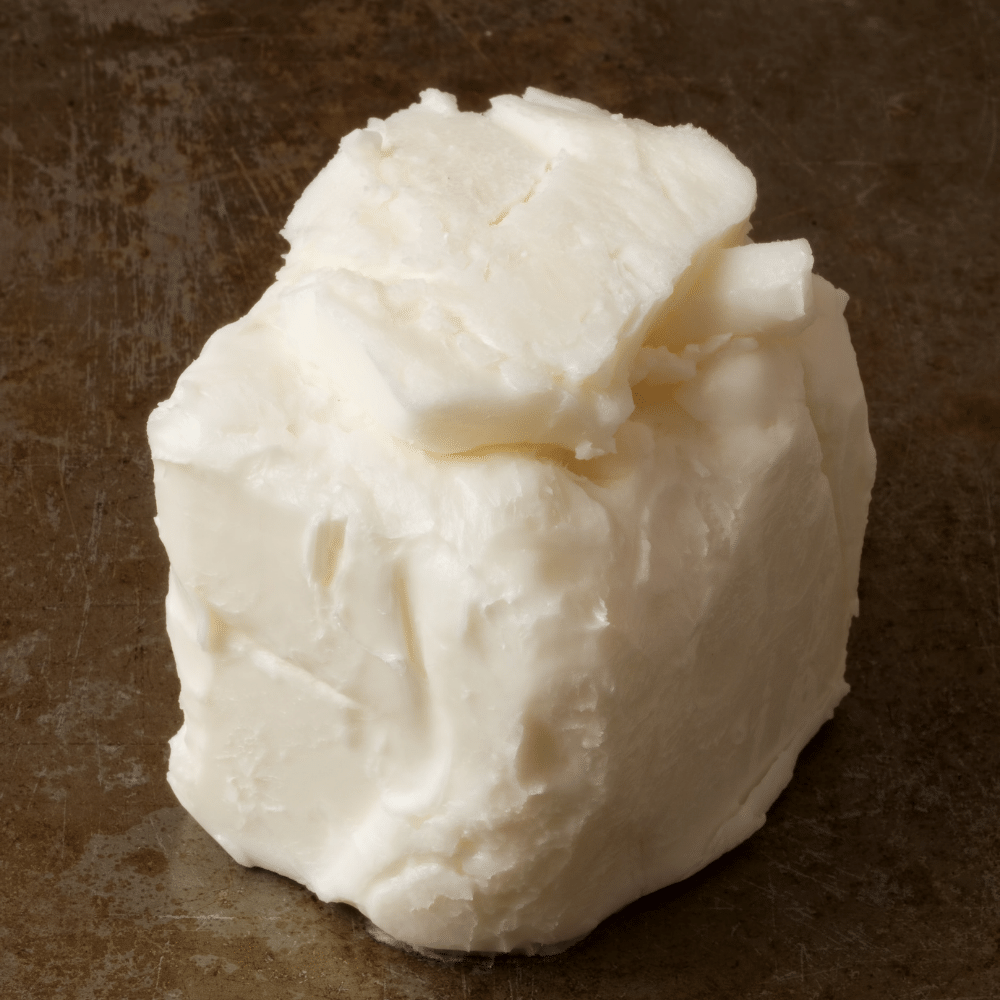
Vegetable shortening is a type of fat used in baking and cooking.
It is made from vegetable oils, such as soybean or cottonseed oil, that have been hydrogenated to create a solid fat.
Vegetable shortening has a higher smoke point than butter or lard, making it ideal for deep-frying and sautéing.
Vegetable shortening can be used in place of beef tallow when frying foods like French fries or chicken wings.
It also works well as an ingredient in pie crusts and other baked goods because it helps keep them flaky and tender.
Additionally, vegetable shortening can be used to grease pans before baking cakes, muffins, breads, etc., which will help prevent sticking.
FAQ
Can you substitute butter for tallow?
Yes, you can substitute butter for tallow in many recipes.
Tallow is a type of fat obtained from animals and is usually grassfed. It has a spreadable consistency and can be used to replace butter in most recipes such as baking, frying, and sautéing. It can also be melted over steaks, chops, or seafood.
When using tallow as a butter substitute, use the same amount that is called for in the recipe.
Can I use lard instead of tallow?
Yes, you can use lard as a substitute for beef tallow in many cooking applications. Lard is rendered fat from pigs, and has a similar fat composition to beef tallow, making it a suitable alternative.
Lard can be used in baking, frying, and sautéing. It has a high smoke point which makes it ideal for high-heat cooking applications, and it also adds a subtle flavor to dishes.
However, it should be noted that lard is not considered to be as healthy as other types of cooking fats, such as olive oil.
Is beef tallow the same as lard?
No, beef tallow and lard are not the same.
While both are fats, they come from different animals: lard is a type of fat derived from pigs, while beef tallow is derived from cows and other ruminants. The texture of these fats also differ: lard is softer and more malleable, while beef tallow is harder and more brittle.
Additionally, lard has a higher smoke point than beef tallow, making it better suited for frying and other high-heat cooking methods.
The flavor of these fats also vary, with lard being slightly more mild while beef tallow has a more intense beefy flavor. Ultimately, which fat is best for a particular recipe depends on the dish and the desired flavor.
Is beef tallow like butter?
No, beef tallow is not quite like butter. It has a similar appearance and texture to butter, as it’s a solid in a beige or white hue when cooled. However, it has a drier and more waxy texture than butter, and it has a less sweet taste.
Additionally, butter is made from the milk of cows, sheep, and other mammals, while beef tallow is made from rendering the fat from beef or mutton.
Conclusion
In conclusion, beef tallow is a popular cooking fat that is used for a variety of culinary purposes.
However, if you don’t have beef tallow on hand, there are plenty of other fats that can be used as a great substitute.
The best substitutes for beef tallow are lard, beef suet, ghee, coconut oil, palm oil, olive oil, vegetable oil, chicken fat, butter, and vegetable shortening. Each of these fats has distinct flavors and textures and can be used to create flavorful dishes.
No matter which fat you choose to use, experimentation is key to finding the perfect substitute for beef tallow that works best for your dish.

The 10 Best Substitutes For Beef Tallow
Ingredients
- Lard
- Beef Suet
- Ghee
- Coconut Oil
- Palm Oil
- Olive Oil
- Vegetable Oil
- Chicken Fat
- Butter
- Vegetable shortening
Instructions
- Pick your favorite substitute from the list above.
- Follow cooking directions for your selected substitute with the proper ratio of ingredients.
Hi, I'm Benjamin. I love cooking, long walks, and my girlfriend! Here you’ll find simple and delicious recipes that you can make in 30 minutes or less.

